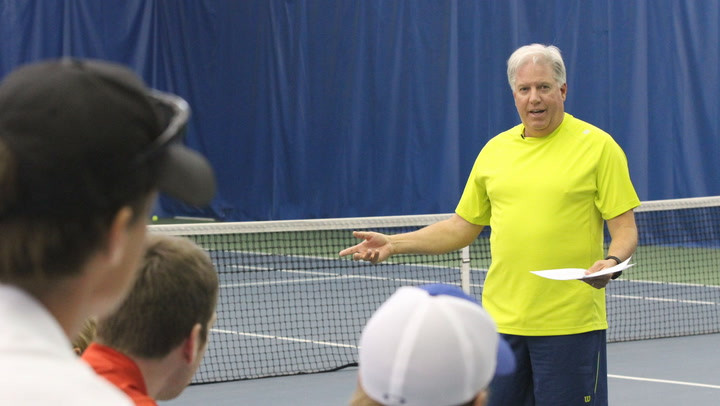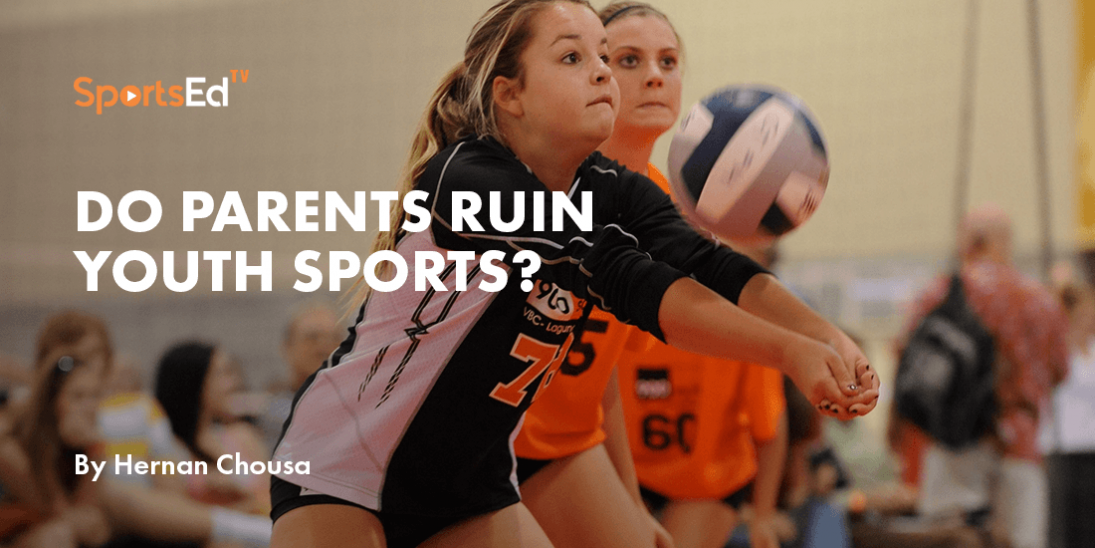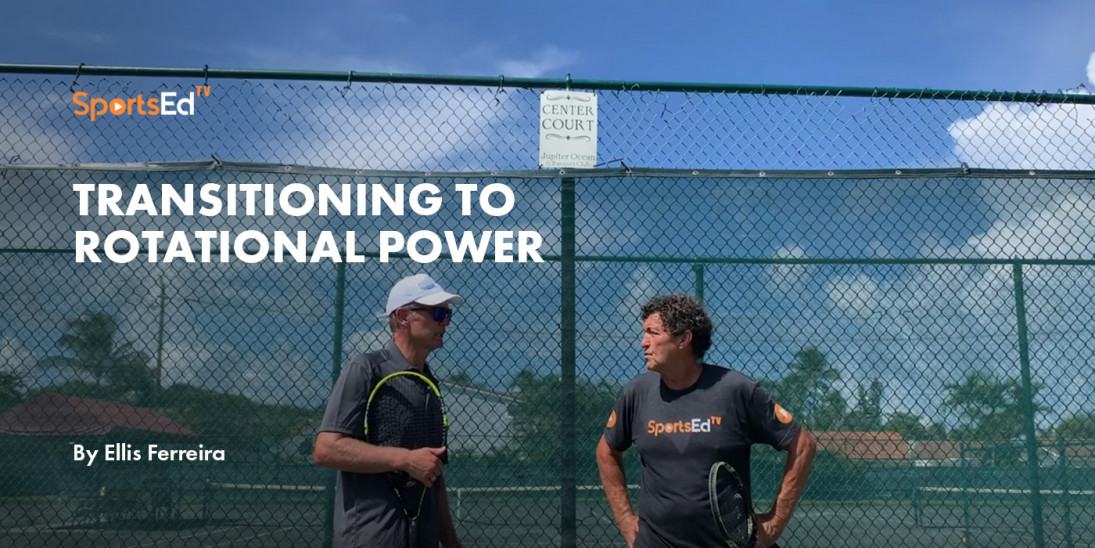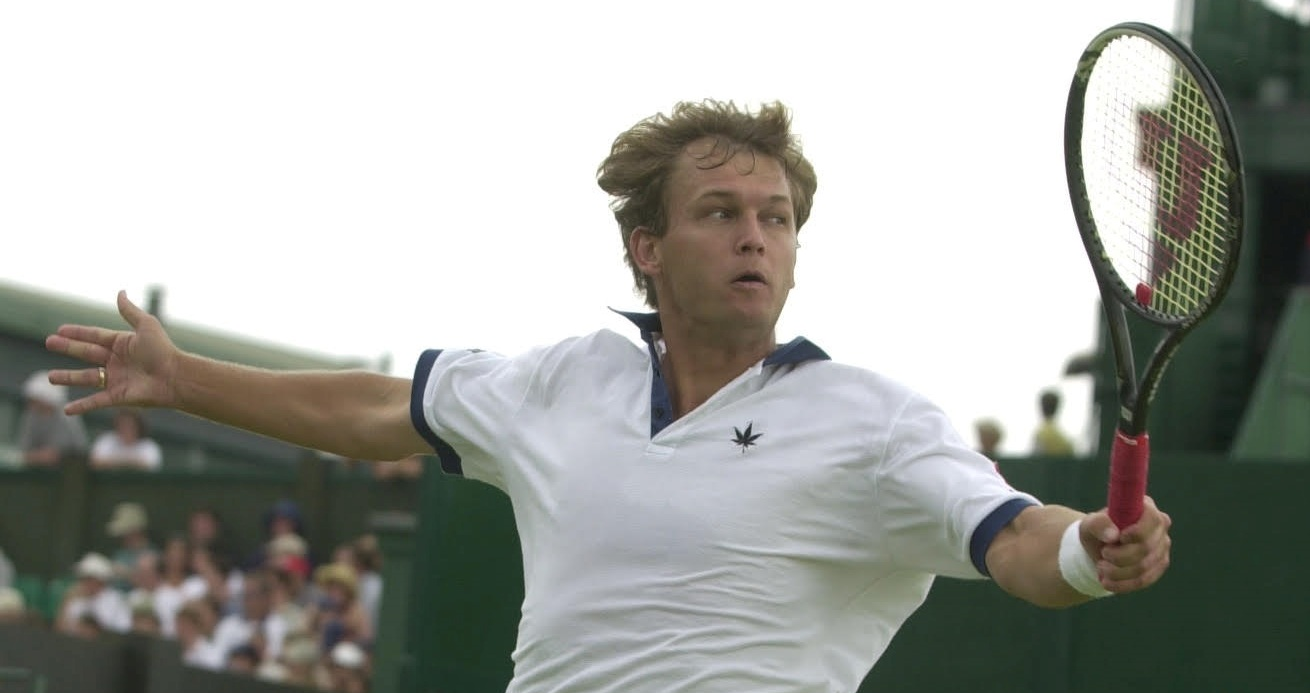Tennis
Welcome and thanks for visiting...

Tackling Tennis Elbow
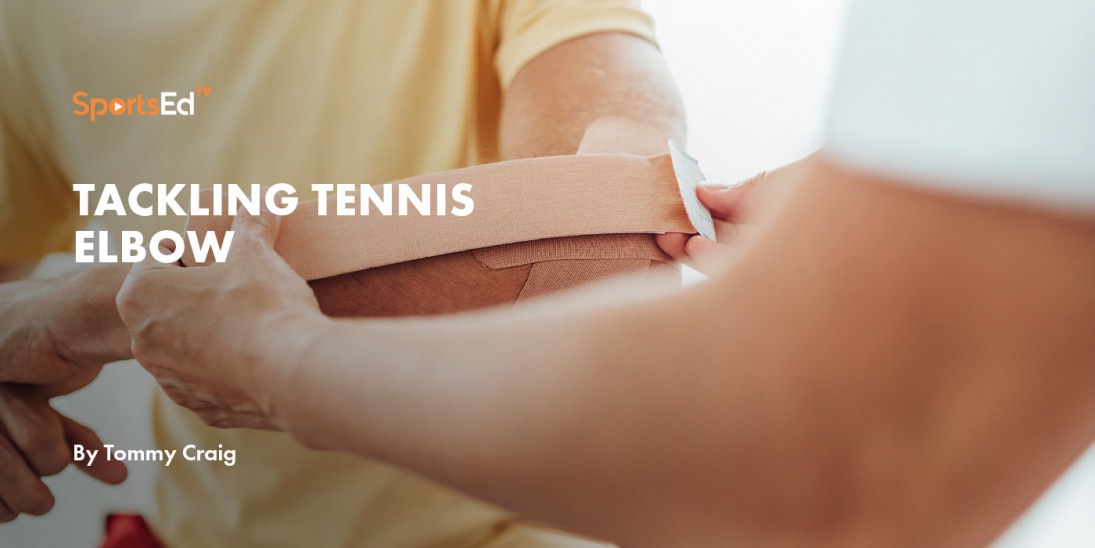

Tennis elbow or lateral epicondylitis can be aggravating and chronic, here are a few remedies that I have used over the years.
First let's touch on what is going on where the tendon attaches on the lateral or outside on the epicondyle, the little boney prominence on the outside of the elbow joint. We have micro-tearing or tendinitis, which is inflammation of the attachment of the wrist extensors.

This can occur from strenuous overuse or from one acute blow and strain of the extensors. More often it occurs over time from repeated activity with a lever or racket going into pronation causing inflammation of the tendon.

If left untreated this could become a chronic or prolonged injury with loss of motion and function. It can be painful and aggravating. The biggest negative is it can easily become reoccurring.
Now let's discuss treatment options and rehab of this condition.
- REST - back off what caused it, until the area quiets down and has no pain or discomfort. Stopping swinging the racket or hammer repeatedly.
- Wear a tennis elbow brace for most of the day and night, snug but not too tight. This is a velcro strap, by Riptgear, or one can roll up a piece of underwrap to create a tether placed just below or distal to the epicondyle. This tends to shorten the tendon and in turn take stress off the attachment.
- Take over -the- counter NSAID {non steroidal anti-inflammatory meds } such as Advil or Aleve. These must be taken properly with food and on time or be compliant with the proper dosage for 5-7 days. If these do not alleviate the pain or discomfort, visit a physician to have them prescribe a prescription medication or a properly placed cortisone injection. CBD oil or a diclofenac gel medication may also relieve some of the pain.
- The last option and only if symptoms persist for a very long period of time, would be surgery.
In my opinion, I think this condition occurs due to extensor and pronator weakness from a repetitive action or on one single blow where a strain occurs on a max effort mishit; this inturn tears the tendon and gets things started. If the athlete or person has good grip strength as well as pronator and extensor strength there is less chance of injury.
So how do we strengthen these muscles?
Exercises to isolate and give the extensors and pronators endurance strength:
- Gripping putty, closing the hand fully into a fist with a gripping action, secondly using a hand gripper that lightly spring loaded to squeeze while driving or watching TV.
- Using a 1lb hammer or weight and performing pronation {palm down} and supination {palm up} exercises independently. DO NOT perform both motions at the same time or momentum will take over and you will not get the full benefit from these two exercises.
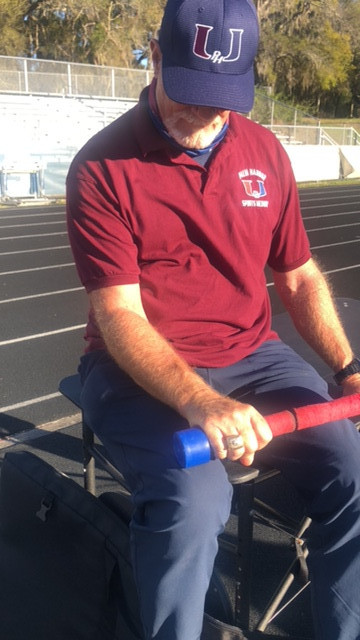
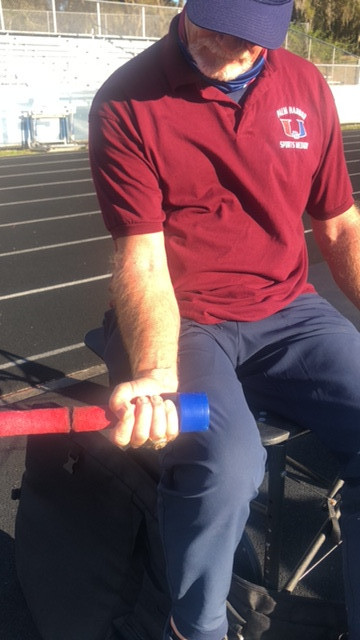
- Using a 1 lb hammer, a bat or tennis racket to do ulnar deviation which is the opposite of the hammer motion. Place the device out the back of the hand and reverse the hammering motion.
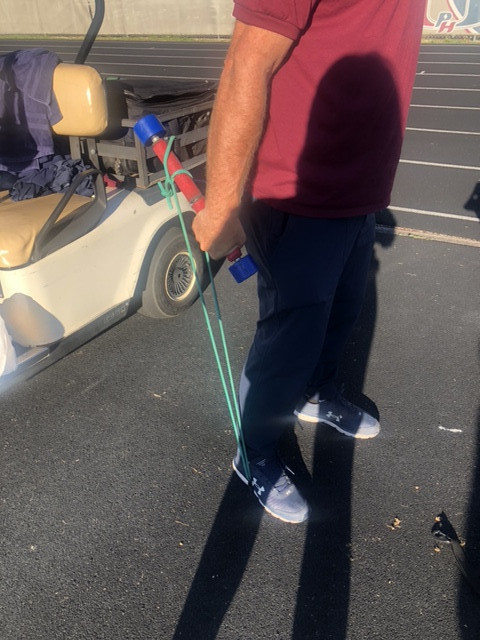
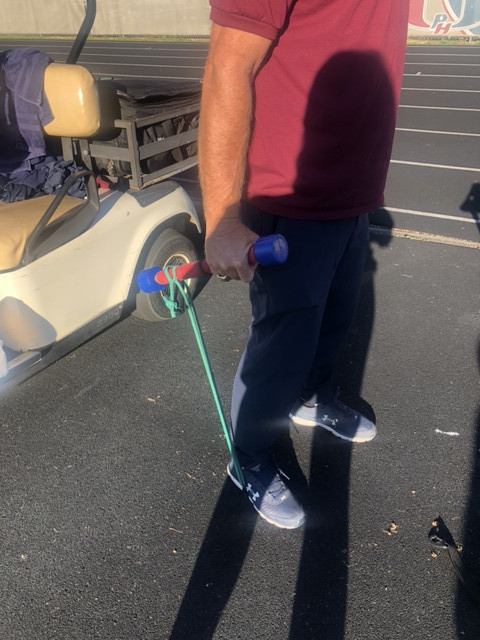
- Wrist rolling action with a stick and weight or a Power-stick device.
- Strengthen the extensor and flexor muscles of the wrist and forearm for the long haul, with a Marcy wrist device, which you can also work in ulnar deviation.


The key is building endurance type strength in the motions listed above, but don't over do it. Do 3 sets of 10 repetitions on the exercises listed. One can also utilize tubing attached to a stick for eccentric type work once you are further along and pain free.
Treatment with the following modalities may also relieve the pain and discomfort. These are a cold point laser, ultrasound, contrast baths {alternating hot and cold}, ice after activity and exercises may also help.
When playing or exercising, grip the racket firmly. Work within a pain free range when exercising. Also work on shoulder strength to take the stress off of the elbow joint.
